As an educator, you may have several resources in your PLN (Professional or Personal Learning Network) where you collect tools for students. But where do you go for tools to use for your own reading and writing? Even if you have some more traditional tools you enjoy, consider some of these to help you, whether for fun or work.
Tools for Reading
 Flipboard — Flipboard has been around for quite a while and is a great tool to curate reading material on topics, people, and organizations of interest to you. This free tool is for Android, iOS, and the web. You can also find a few tutorials to help. The tool allows you to curate your own magazine(s) of readings that you would like to share out to your like-minded friends. Start by identifying the topics, publishers, and people you are interested in. You will then begin getting a tailored list of blogs, articles, and resources. You can like and dislike articles to help Flipboard refine its accuracy in pulling together readings for you. And, if you like to share the resources you find (tweet, email, text, etc.), you will find it super simple to share, too.
Flipboard — Flipboard has been around for quite a while and is a great tool to curate reading material on topics, people, and organizations of interest to you. This free tool is for Android, iOS, and the web. You can also find a few tutorials to help. The tool allows you to curate your own magazine(s) of readings that you would like to share out to your like-minded friends. Start by identifying the topics, publishers, and people you are interested in. You will then begin getting a tailored list of blogs, articles, and resources. You can like and dislike articles to help Flipboard refine its accuracy in pulling together readings for you. And, if you like to share the resources you find (tweet, email, text, etc.), you will find it super simple to share, too.
 Goodreads — Looking for the next author to read? Want to know what others are enjoying, not in a marketing way, but from the grass roots? You will enjoy Goodreads. If you are wanting to be connected through the app, then you can connect with your friends and keep up with who is reading what and what they liked (or didn’t like) about any book. You can easily keep up with what you’ve read as well as what you’d like to read. Take a look at Goodread’s Listopea where you’ll find lots of interesting, curated lists all ready for you, such as Great “Cat” Books, Weirdest Books Ever, 100 Books to Read in a Lifetime, Books that Made You Ball Your Eyes Out, Books Written by Disabled Authors, and so on. If you can think of a category or topic, you can probably find a list for it. If not, you can start a list that others can help with. Find Goodreads on iOS and Android.
Goodreads — Looking for the next author to read? Want to know what others are enjoying, not in a marketing way, but from the grass roots? You will enjoy Goodreads. If you are wanting to be connected through the app, then you can connect with your friends and keep up with who is reading what and what they liked (or didn’t like) about any book. You can easily keep up with what you’ve read as well as what you’d like to read. Take a look at Goodread’s Listopea where you’ll find lots of interesting, curated lists all ready for you, such as Great “Cat” Books, Weirdest Books Ever, 100 Books to Read in a Lifetime, Books that Made You Ball Your Eyes Out, Books Written by Disabled Authors, and so on. If you can think of a category or topic, you can probably find a list for it. If not, you can start a list that others can help with. Find Goodreads on iOS and Android.
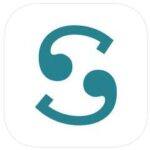 Scribd — If you are like me, you have plenty of time on the go to listen to great books. Because my commute gives me about two hours in the car each day, I find that I can make great use of the audiobooks in Scribd. When I have time to sit and read, I can search their extensive library for good online books. What I like most about Scribd is that you pay a monthly subscription fee and have access to everything. Besides books and audiobooks, you will also have access to sheet music, magazines, and documents. You can find Scribd on Android and iOS. If you would like to have access to books and audio books after your subscription ends, then consider using Audible. Though you purchase each book you read or listen to, it remains yours even if you end the subscription.
Scribd — If you are like me, you have plenty of time on the go to listen to great books. Because my commute gives me about two hours in the car each day, I find that I can make great use of the audiobooks in Scribd. When I have time to sit and read, I can search their extensive library for good online books. What I like most about Scribd is that you pay a monthly subscription fee and have access to everything. Besides books and audiobooks, you will also have access to sheet music, magazines, and documents. You can find Scribd on Android and iOS. If you would like to have access to books and audio books after your subscription ends, then consider using Audible. Though you purchase each book you read or listen to, it remains yours even if you end the subscription.
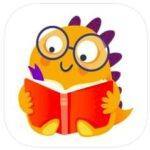 Read2Play — If you would like your children to use some of their screen time to read prior to playing games, then you may want to check out Read2Play. You can subscribe to a seven-day trial period to see if it meets your needs. Read2Play allows you to identify which apps can be access after the reading goal has been met. Read2Play is for iOS and Android.
Read2Play — If you would like your children to use some of their screen time to read prior to playing games, then you may want to check out Read2Play. You can subscribe to a seven-day trial period to see if it meets your needs. Read2Play allows you to identify which apps can be access after the reading goal has been met. Read2Play is for iOS and Android.

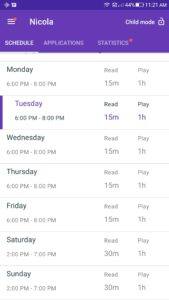
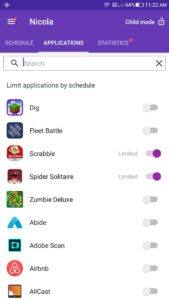
Tools for Writing
You may find that you have to write much more than you prefer. Some people are great at writing and really enjoy it. Others though, like me, would rather tell somebody the information and have them write it for me. Wherever you find yourself on that spectrum, here are some tools that can assist you in a variety of writing tasks.
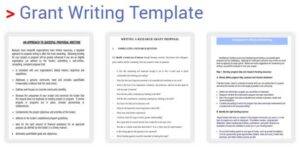 Writing Templates
Writing Templates
Sometimes it is hard to get started writing when you are staring at a blank page (or a blank screen). In those times, consider using a writing template to prime the pump. You will enjoy the selection of 127+ Writing Templates that template.net provides. You will find many different categories of templates such as grant writing, proposal writing, resume writing, writing up an employee, and even book writing for you to use when you sit down and finally start that novel you have always wanted to write. Even if you change up everything, at least you have some information to get you started so that it is easier to prime the production line.
Speech-to-Text
Let’s face it, it would be much easier if we could just dictate and have the information typed for us. Well, there is good news for everyone who doesn’t have a stenographer. There are easy (and free!) speech-to-text tools you can use. These tools transcribe what you say as you speak. Depending on the sophistication of the tool, it may offer to insert punctuation where needed without you even saying so. If you are just getting started using speech-to-text tools, then consider checking out one of the following tools:
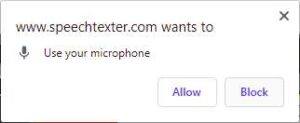 SpeechTexter — This online tool allows you to create text notes, emails, manuscripts, blog posts, and more just by using your voice. Begin by clicking on the Start button. When asked to allow your microphone to listen to you, click the Allow button. SpeechTexter boasts 60 languages. It won’t translate what you are saying, but it will allow you to dictate in the language of your choice. Because this tool has simple writing tools included in it, you can go back and forth using your voice and typing.
SpeechTexter — This online tool allows you to create text notes, emails, manuscripts, blog posts, and more just by using your voice. Begin by clicking on the Start button. When asked to allow your microphone to listen to you, click the Allow button. SpeechTexter boasts 60 languages. It won’t translate what you are saying, but it will allow you to dictate in the language of your choice. Because this tool has simple writing tools included in it, you can go back and forth using your voice and typing.- Watson Speech-to-Text — This simple tool allows you to dictate by talking into your microphone. You can also upload pre-recorded audio files (mp3, .mpeg, .wav, .flac, or .opus) and have them converted to text. This tool can even recognize multiple speakers and make the distinction in writing. Below is an example of one of the pre-recorded samples they have.
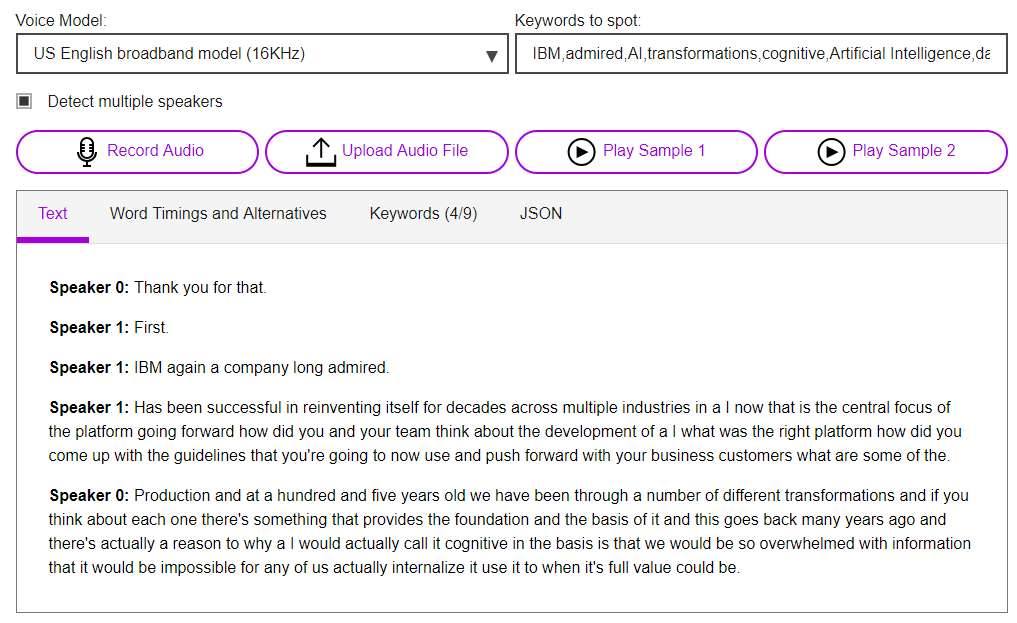
- Dictation— You will definitely enjoy the simplicity of this robust tool that can copy, save, publish, play, email, print, and clear your text. You will need to use your Chrome browser on your laptop to access it, but you will definitely find this as an easy go-to speech-to-text tool to add to your arsenal. You can even have the text read back to you.
 |
If you find that you have an online article that you would like to read, but are too tired, then copy and paste the article into the Dictation text area and have it read to you! You can select from a variety of voices as well as adjust the pitch of the voice and the speed. |
Writing Instruction
Learning to write better as an adult can be quite easy. No need to take a formal college class if you don’t need to. Here are a few tools for you to consider:
- 13 Guaranteed Methods for Becoming a Better Writer — Fast — This informative blog post by Allison VanNest will give you some quick tips with a brief explanation of each. Even if you find you aren’t writing blog posts, you will find her ideas very relevant.
- Daily Grammar — If you prefer writing instruction specific to grammar and simple to digest, then consider subscribing to this set of 440 lessons that you receive via email. These begin with very easy lessons. If you want to jump to specific mechanics of grammar and writing, then take a look at their Lesson Archive.
- Writing Meetups — If you find that you prefer a social setting when working on your writing, then consider looking for a nearby Meetup. Enter your zip code and the distance to look for a club that may be meeting near you or worth driving to. You’ll find groups for fiction writers, romance authors, grant writing, speed writing, and even for folks that love using a typewriter! If you don’t find a group that fits your writing need, you can start one. You might find that there are others near you that would enjoy being in your group!
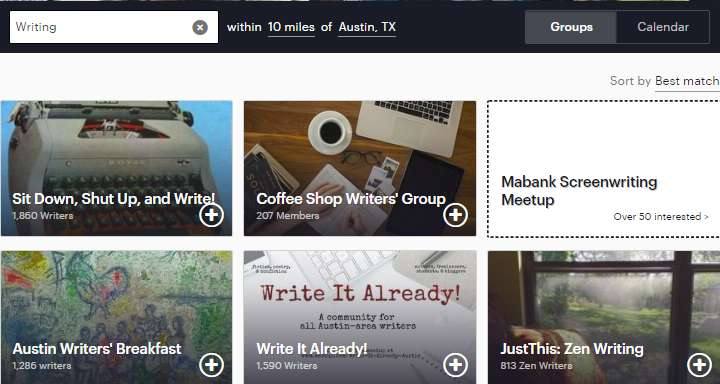
What tools do you use to help you when you read or write? We’d love to hear from you. Whether it is for business or for fun, your tool may be that special one that another educator could really benefit from! Be sure to share in the comments below.


1 comment
A great set of tools for teachers. I really hope for the second part of this article, where you will talk about new interesting tools!